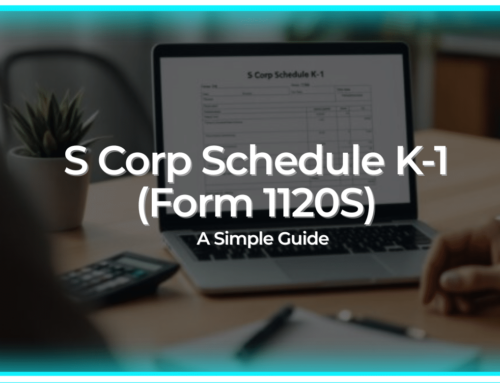Hi, I’m Bette Hochberger, CPA, CGMA. Filing your tax return can feel like a overwhelming task, but with the right preparation, it can be a smooth process. Whether you’re a seasoned taxpayer or filing for the first time, knowing the essentials can make all the difference. Let’s dive into what you need to successfully file your tax return!
Gather Your Personal Information
Before you start, make sure you have all your personal information in one place. This includes your Social Security number (SSN) or Individual Taxpayer Identification Number (ITIN), your spouse’s SSN if you’re filing jointly, and the SSNs of any dependents. Having this information handy will streamline the process and ensure accuracy.
Collect Your Income Statements
Next up, you’ll need to gather your income statements. These might include:
– W-2 Forms: If you’re employed, your employer will send you a W-2 form that details your earnings and the taxes withheld.
– 1099 Forms: If you’re self-employed or have freelance income, you might receive various 1099 forms showing the income earned.
– Other Income Sources: Don’t forget about other income such as rental income, dividends, or interest. Collect any relevant documentation for these as well.
Know Your Deductions and Credits
Understanding deductions and credits is key to maximizing your refund or minimizing what you owe. Common deductions include:
– Standard Deduction: Most taxpayers can take the standard deduction, which varies based on your filing status.
– Itemized Deductions: If you have significant expenses like mortgage interest, medical expenses, or charitable donations, you may want to itemize.
– Tax Credits: Look for credits such as the Earned Income Tax Credit (EITC) or Child Tax Credit, which can directly reduce your tax bill.
Make sure to research what applies to you or consult with a tax professional.
Choose Your Filing Status
Your filing status affects your tax rate and eligibility for certain deductions and credits. There are five filing statuses:
– Single
– Married Filing Jointly
– Married Filing Separately
– Head of Household
– Qualifying Widow(er)
Choose the one that best fits your situation, as this can have a significant impact on your overall tax situation!
Decide How You Will File
You have several options for filing:
– Online Tax Software: Many people find online tax software convenient and user-friendly. They often guide you through the process step-by-step.
– Professional Tax Preparer: If your situation is complicated, hiring a tax professional might be worth the investment.
– Paper Filing: If you prefer the traditional route, you can fill out your forms and send them via mail. Just make sure your forms are postmarked by the tax deadline!
Keep Records of Your Tax Documents
Finally, once you’ve filed your return, it’s essential to keep records of your tax documents for at least three years. This includes copies of your tax returns, W-2s, 1099s, and any receipts or documentation for deductions. This not only helps in case of an audit but also makes future filings easier!
Filing your return doesn’t have to be stressful. By gathering the necessary information and understanding your options, you can navigate the tax season with confidence. Remember, whether you’re filing on your own or seeking help, being prepared is the key to a smooth filing experience.
Contact us if you need help with your return, and until then, I’ll see you next time!







